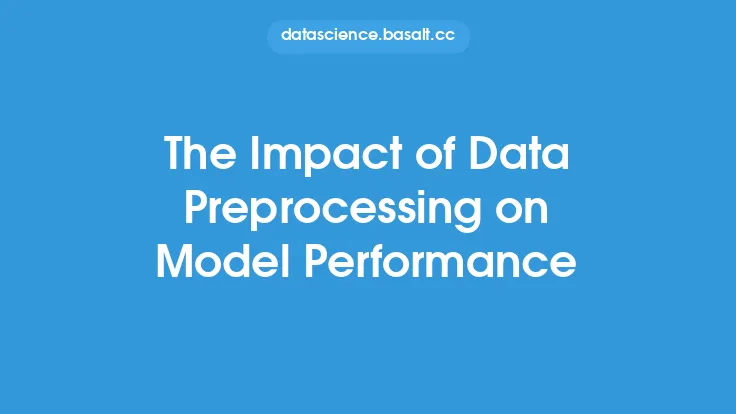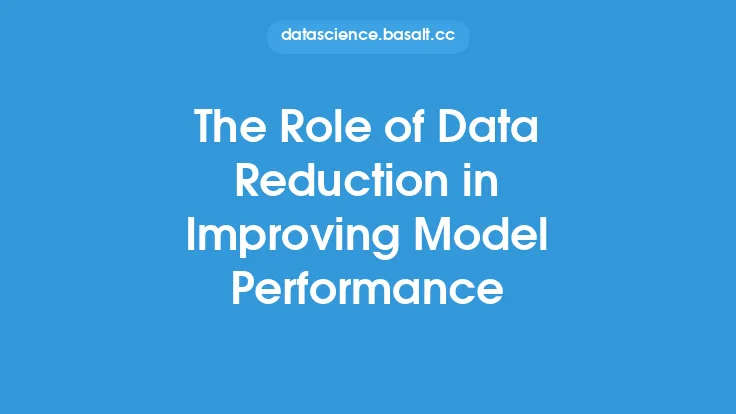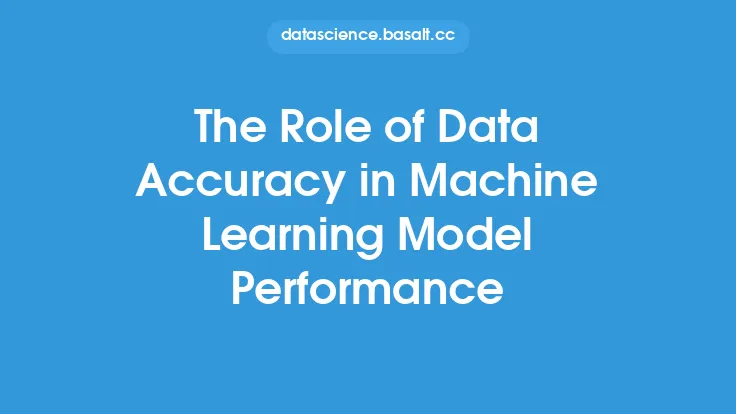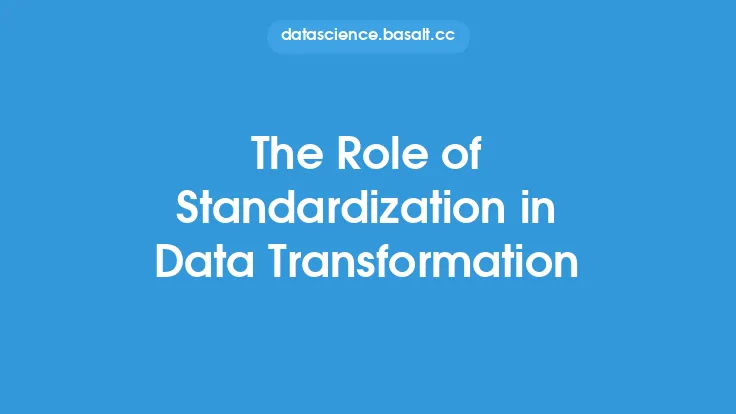Data transformation is a crucial step in the data analysis process, and its impact on model performance cannot be overstated. The primary goal of data transformation is to convert raw data into a format that is more suitable for modeling, allowing for more accurate and reliable predictions. In this article, we will delve into the details of how data transformation improves model performance, exploring the various techniques and methods used to achieve this goal.
Introduction to Data Transformation Techniques
Data transformation techniques are used to modify the distribution of data, making it more suitable for modeling. These techniques can be broadly categorized into two types: linear and non-linear transformations. Linear transformations, such as standardization and normalization, are used to rescale the data, while non-linear transformations, such as logarithmic and polynomial transformations, are used to modify the distribution of the data. The choice of transformation technique depends on the nature of the data and the type of model being used.
The Impact of Data Transformation on Model Assumptions
Many machine learning models, such as linear regression and logistic regression, rely on certain assumptions about the data, such as linearity, normality, and homoscedasticity. However, real-world data often fails to meet these assumptions, leading to poor model performance. Data transformation can help to address these issues by modifying the distribution of the data to better meet the model assumptions. For example, logarithmic transformation can be used to stabilize the variance of the data, while polynomial transformation can be used to introduce non-linearity into the data.
Handling Outliers and Skewed Distributions
Outliers and skewed distributions can have a significant impact on model performance, leading to biased estimates and poor predictions. Data transformation can help to mitigate these issues by reducing the effect of outliers and skewness. For example, the Box-Cox transformation can be used to transform skewed data into a more normal distribution, while the winsorization technique can be used to reduce the effect of outliers.
Improving Model Interpretability
Data transformation can also improve model interpretability by reducing the complexity of the data. For example, dimensionality reduction techniques, such as principal component analysis (PCA), can be used to reduce the number of features in the data, making it easier to interpret the results. Additionally, feature scaling techniques, such as standardization, can be used to ensure that all features are on the same scale, making it easier to compare the importance of different features.
The Role of Domain Knowledge in Data Transformation
Domain knowledge plays a crucial role in data transformation, as it can help to identify the most appropriate transformation technique for a given problem. For example, in finance, logarithmic transformation is often used to transform stock prices, while in medicine, polynomial transformation is often used to model the relationship between disease severity and treatment outcome. By incorporating domain knowledge into the data transformation process, practitioners can ensure that the transformed data is meaningful and relevant to the problem at hand.
Evaluating the Effectiveness of Data Transformation
Evaluating the effectiveness of data transformation is crucial to ensure that the transformed data is suitable for modeling. This can be done using a variety of metrics, such as mean squared error (MSE) and R-squared, which can be used to compare the performance of different models on the original and transformed data. Additionally, visualization techniques, such as scatter plots and histograms, can be used to visualize the distribution of the data before and after transformation, providing a more intuitive understanding of the impact of data transformation on model performance.
Common Data Transformation Techniques
There are several common data transformation techniques used in practice, including:
- Standardization: This involves rescaling the data to have a mean of 0 and a standard deviation of 1.
- Normalization: This involves rescaling the data to have a minimum value of 0 and a maximum value of 1.
- Logarithmic transformation: This involves transforming the data using the logarithmic function, which can help to stabilize the variance of the data.
- Polynomial transformation: This involves transforming the data using a polynomial function, which can help to introduce non-linearity into the data.
- Box-Cox transformation: This involves transforming the data using a power transformation, which can help to stabilize the variance of the data and make it more normal.
Best Practices for Data Transformation
There are several best practices to keep in mind when performing data transformation, including:
- Always visualize the data before and after transformation to ensure that the transformation has the desired effect.
- Use domain knowledge to inform the choice of transformation technique.
- Evaluate the effectiveness of data transformation using a variety of metrics and visualization techniques.
- Be cautious when using data transformation, as it can sometimes introduce bias into the data or make it more difficult to interpret.
Conclusion
In conclusion, data transformation is a crucial step in the data analysis process, and its impact on model performance cannot be overstated. By using a variety of techniques, such as linear and non-linear transformations, practitioners can modify the distribution of the data to better meet the assumptions of machine learning models, improving model performance and interpretability. By incorporating domain knowledge and evaluating the effectiveness of data transformation, practitioners can ensure that the transformed data is meaningful and relevant to the problem at hand.





